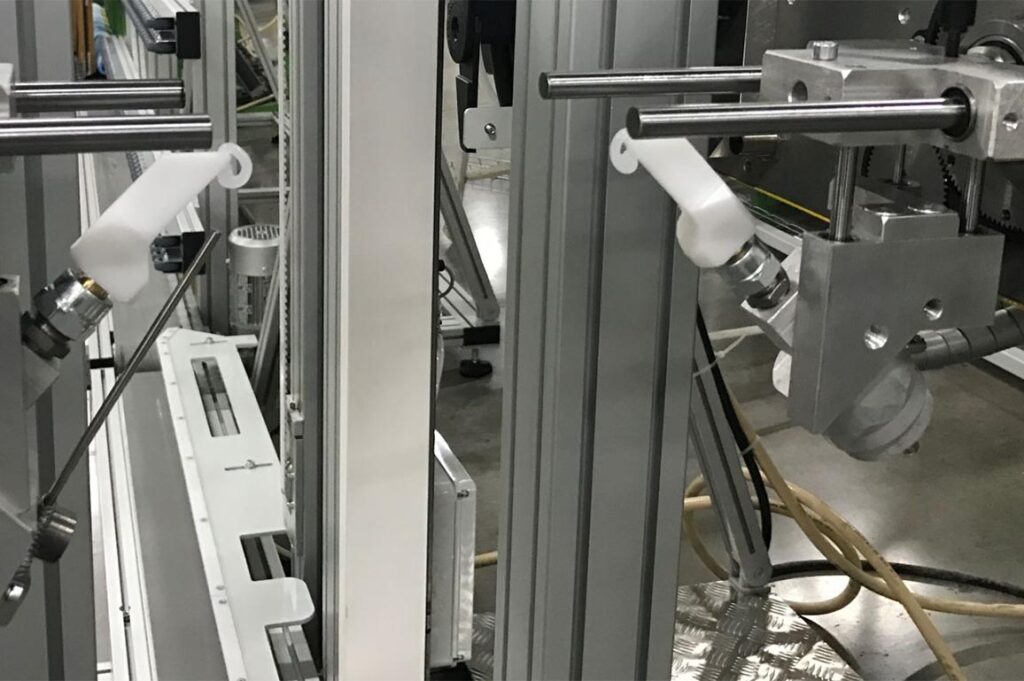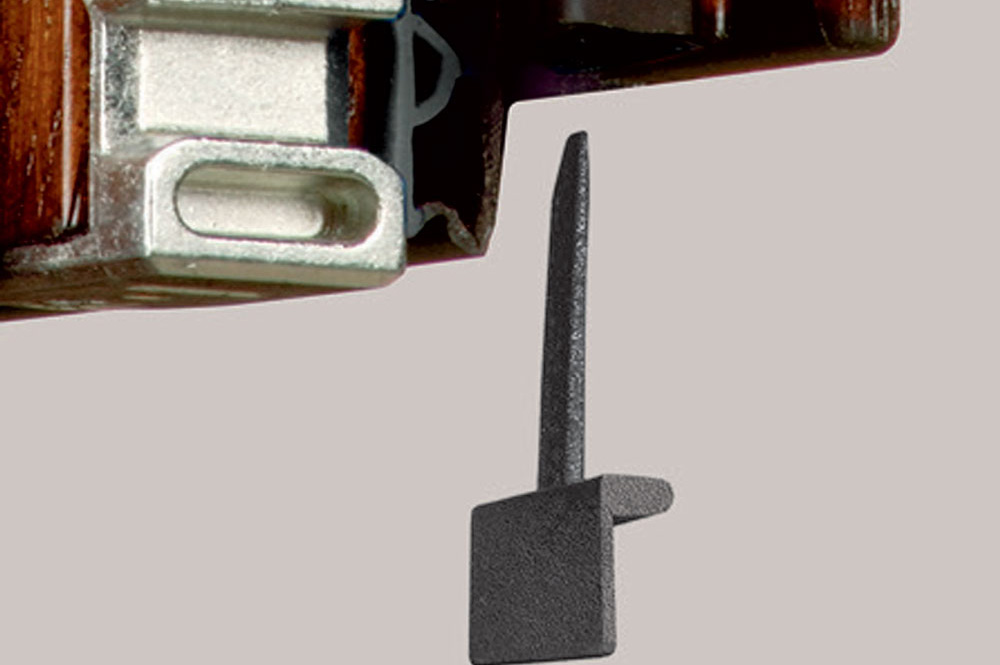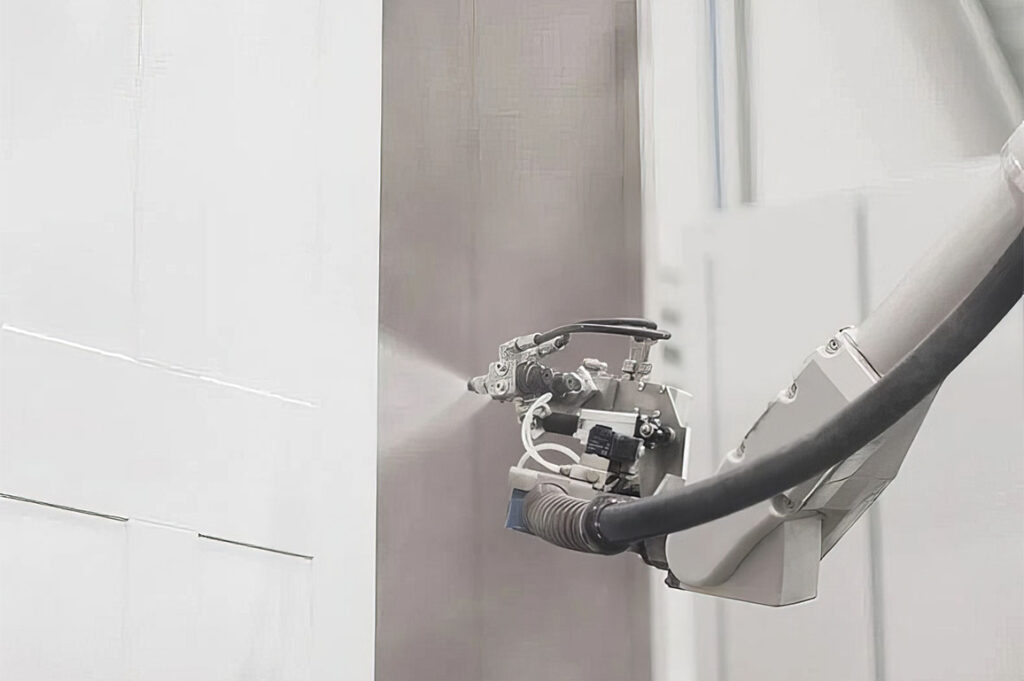Tricoat hardware is the ideal technology to avoid the danger of oxidation of the frames. Exposure to atmospheric agents, humidity, but also factors such as pollution and poor ventilation, can cause corrosion and rust formation.
The new Tricoat mechanisms preserve the functionality of windows in all those places where the environmental conditions are particularly aggressive.

“Quality in the production of custom-made fixtures”Hardware Tricoat
Coastal areas
An example is represented by windows and blinds that must be installed in maritime environments . In such applications, the treatment of Tricoat mechanisms prevents the corrosion of steel due to atmospheric conditions typical of coastal areas: a high degree of humidity, accentuated condensation phenomena (differences in temperature night/day, winter/summer) and a strong presence of sodium chloride.
Metropolitan and industrial areas
Even in metropolitan and industrial areas, Tricoat is essential to protect the mechanisms of windows from pollutants from industry, traffic and domestic heating; by combustion products which, by transforming into nitric and sulphuric acid, corrode metals; and, in some cases, even from acid rain.
Humid environments
These advanced hardware are the ideal choice even for humid environments where there is high condensation, combined with poor ventilation, can lead to rust formation. This is the case, for example, of cellars and underground premises and also of new buildings. The increasingly tight delivery times do not allow the facilities to dry properly , and the apartments remain unsold for long periods. Humidity therefore remains inside the windows, causing corrosion of the mechanisms.
The salt mist test
The resistance of the hardware Tricoat at the potentially more harmful conditions is demonstrated by several tests carried out both in the laboratories of Maico, both at external institutes, according to different methodologies. One of these is the salt mist test: after exposure in the salt mist chamber with a 3.5% NaCl solution and a temperature of 40ºC (parameters required by the ASTM B117 standard), Tricoat mechanisms have been shown to effectively resist corrosion. The test was carried out at the PIV, Prüfinstitut Velbert, and at the Arsenal Research Institute in Vienna.
Exposure to acids
The image below shows the reaction (after ten minutes) of a cremonese handle Tricoat and of a cremonese with traditional galvanization on which were poured drops of 33% hydrochloric acid and cleaning liquid: the paint has protected the Tricoat mechanism from corrosion.
Tricoat: effective in extreme real conditions
Tricoat mechanisms have proved their strength even in "real" conditions: installed at pilot customer facilities and in locations where environmental factors are extremely aggressive, were checked at a distance of one year without any corrosion damage being detected.







